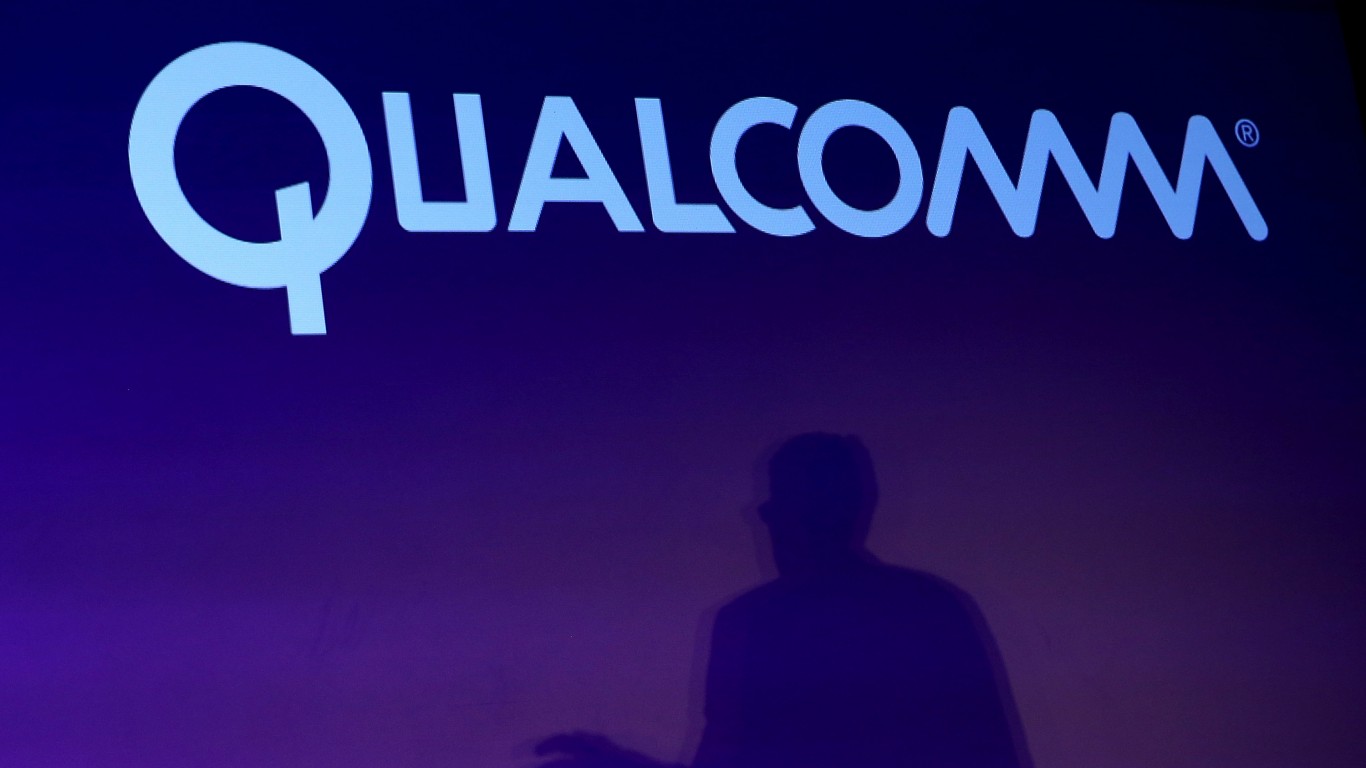Technology
President Trump's Huawei Pivot Could Be Huge for 3 Top Semiconductor Companies

Published:
Last Updated:

Needless to say, the trade and tariff issues with China have been front and center now for well over a year, and most on Wall Street feel that President Trump and Chinese President Xi eventually will come to a broad agreement. One of the biggest issues to the Chinese was the addition of Huawei to the so-called Entity List back in May, as the U.S. Department of Commerce believed that Huawei was engaged in activities that are contrary to U.S. national security or foreign policy interest.
Recently, after the G-20 meetings in Osaka, Japan, the U.S. government agreed to lift a ban that would have prevented U.S. firms from selling hardware and software to the Chinese tech giant as part of ongoing trade talks between China and the Trump administration. In fact, the United States may approve licenses for companies to restart new sales to Huawei in as little as two weeks, according to U.S. Commerce Secretary Wilbur Ross.
That’s huge for three leading chip companies, as Huawei spent a massive $70 billion in 2018 buying components for use in their business, which provides telecommunications equipment and sells consumer electronics, including smartphones. Some $11 billion of that alone went to three top semiconductor companies based in the United States, and all are poised to get an immediate boost should shipments begin again soon.
We screened out 24/7 Wall St. research database, and stocks of all three companies have Buy ratings at multiple major U.S. brokerage firms and banks. Each is suitable for aggressive growth accounts.
This old-school leader in semiconductors continues to work hard to focus more on Internet of Things and data center cloud spending. Intel Corp. (NASDAQ: INTC) designs, manufactures and sells integrated digital technology platforms worldwide.
The company’s platforms are used in various computing applications, comprising notebooks, two-in-one systems, desktops, servers, tablets, smartphones, wireless and wired connectivity products, wearables, retail devices and manufacturing devices, as well as for retail, transportation, industrial, buildings, home use and other market segments.
Intel investors receive a solid 2.52% dividend. The Merrill Lynch analysts have a Buy rating with a $62 price target. The posted Wall Street consensus price objective is $51.52. The stock closed trading on Monday at $50.12 per share.
This is a global leader in advanced semiconductor systems. Micron Technology Inc. (NASDAQ: MU) has broad portfolio of high-performance memory technologies, including DRAM, NAND and NOR flash, which are the basis for solid state drives, modules, multi-chip packages and other system solutions. The company’s memory chip solutions enable the world’s most innovative computing, consumer, enterprise storage, networking, mobile, embedded and automotive applications.
Micron and Intel have combined their 3D NAND technology for the world’s highest-density flash memory. Flash is the storage technology used inside the lightest laptops, fastest data centers and nearly every cell phone, tablet and mobile device.
With memory demand drivers remaining somewhat underappreciated, and with solid demand from end-markets such as data center, artificial intelligence, deep learning, “Big Data,” mobile and autonomous driving, Micron continues to execute well on its manufacturing roadmap despite recent issues.
The JPMorgan team has a Buy rating and a $50 target price, which is well above the $43.03 consensus target for the shares. The stock closed trading at $44.40 on Monday.
This stock has been very volatile over the past year. Qualcomm Inc. (NASDAQ: QCOM) designs, develops and supplies semiconductors and collects royalties on wireless handheld devices and infrastructure based on its dominant position in CDMA and other related technology patents.
In addition, Qualcomm provides systems software and components to wireless handset vendors and promotes applications and services that run on high-speed wireless networks. The company operates primarily through two segments: CDMA Technologies and Technology Licensing.
Shareholders of Qualcomm receive a hefty 3.31% dividend. The $105 Merrill Lynch price target for the stock compares with the consensus target last seen at $88.77. The stock closed most recently at $73.12 a share.
The ongoing trade negotiations with China likely will remain a roller-coaster ride, but with the Chinese economy slowing in the second quarter to 6.2% growth, which is the slowest since 1992, you can bet on more central bank stimulus, and perhaps renewed efforts to complete a trade agreement.
Thank you for reading! Have some feedback for us?
Contact the 24/7 Wall St. editorial team.